Five tips for 'Making the Grade' more successfully ... I hope
This entry was posted on April 16, 2019.
Warning: ini_set() has been disabled for security reasons in /home/blowtest/public_html/app/code/community/Fishpig/Wordpress/Addon/PluginShortcodeWidget/Helper/Core.php(1) : eval()'d code on line 268
Warning: ini_set() has been disabled for security reasons in /home/blowtest/public_html/app/code/community/Fishpig/Wordpress/Addon/PluginShortcodeWidget/Helper/Core.php(1) : eval()'d code on line 268
Warning: ini_set() has been disabled for security reasons in /home/blowtest/public_html/app/code/community/Fishpig/Wordpress/Addon/PluginShortcodeWidget/Helper/Core.php(1) : eval()'d code on line 268
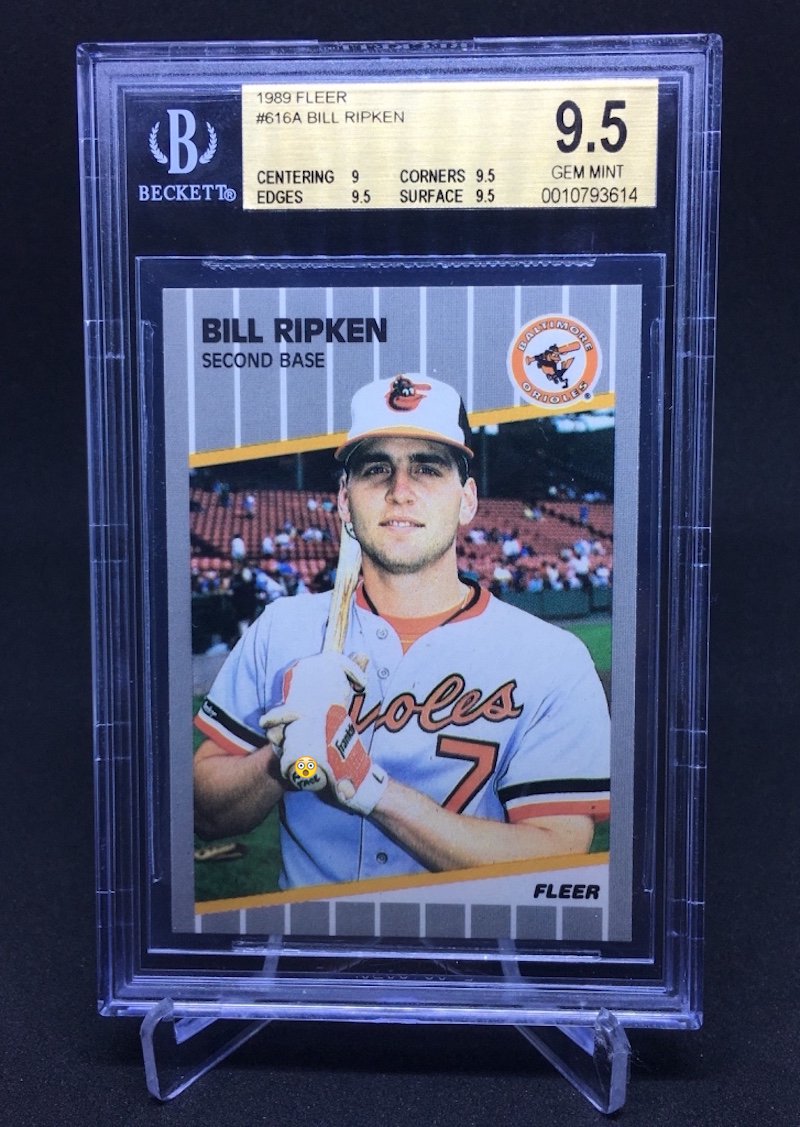
Buzz has been doing a lot more grading in the last year and it's not the easiest thing to do -- you have to be ruthless in your cardboard scrutiny, smart about your submissions and willing to take the chance that you'll not come out ahead with what you grade.
Here are five tips I've got after doing a lot more slab submitting ...

1. Grade what you like -- and what you won't be worried about if you get a grade you didn't expect
Chasing 10s can get you in trouble -- I'm guilty of it -- so anything you slab should either have an obvious market and demand or an obvious place in your collection. If a card isn't an obviously perfect specimen, you can also ask yourself whether it makes more sense to grade via BGS or PSA, too. I use both but do have a preference for one type of cases and do one more heavily -- though there is a price difference that also comes into play for getting stuff graded. If you have a card you like but are worried about a grade, perhaps one company is better than another for you than the other. It all depends on what you like and collect. Also, check in with shops you trust about bulk-grading submissions -- you can save money that way. (The Fantastic Store does BGS and PSA submissions if you're in the area ... tell 'em Buzz sent you.)
--

2. If you want to grade oldschool cards that you pulled ... then rip from rack packs, cellos or sets
Finding an oldschool card from a wax pack can be done -- it's done often -- but other formats that have meatier card volumes can protect cards more before they get to you possibly resulting in higher grades. A five-card wax pack with gum can mean warped cards, damaged cards and wax stains. Rack packs? No gum. Cello packs? More space between cards and gum if it's there at all. Also, not all factory sets are made the same. Smaller sets like Upper Deck high number or Topps Traded could have been thrown around and dropped through the years, meaning you may not get fresh, perfect corners even though you're the only person to touch them since packaging years ago. Big sealed factory sets aren't always the safest way, either, but there is plenty around cards to protect them. Old Donruss factory sets will have 100-card sealed bricks that can yield much cleaner cards than those that went into wax paper wrappers. A No. 2B kind of tip? If you're wanting to chase a cheap card from the recent past, try picking up a bulk lot that looks clean and cherry-pick your best one from there.
--
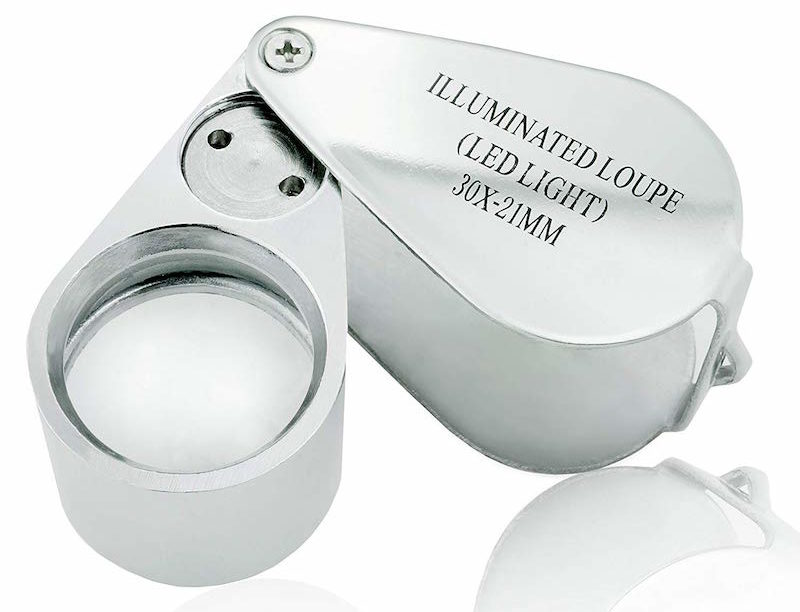
3. Get a loupe with a light ... even if it's not the most-expensive brand
I own a pair of loupes -- one that is an allegedly better 30X model and one that is a cheaper 45X model with built-in battery illumination. Before submitting without a loupe, I always inspected cards under an intense adjustable desk lamp, using reflections of the surface and corners to help see what may not have been obvious before. But viewing under a loupe will show you stuff you have not seen before -- and you actually see too much vs. what is seen by graders as they only examine them under a certain amount of scrutiny (eye or 10X magnification). I prefer my illuminated loupe a lot more as I don't need to worry about having my lamp around. Has it made a big difference? Maybe, as my last batch was nearly all 9.5s -- look for a new Making the Grade on May 1 -- but it's also helped me avoid slabbing cards that wouldn't have made that cut. And this all leads into my next point.
--
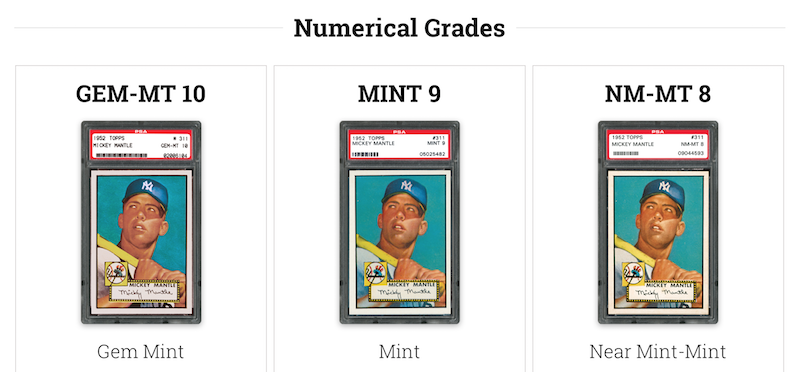 4. Know the standards -- or at least get a better idea of what they are
4. Know the standards -- or at least get a better idea of what they are
The more you grade -- or inspect cards that are slabbed especially with a loupe -- you might get a better idea of what a card might grade at. We all want 10s but need to be ruthless enough to know when a card simply is going to come back lower. Companies aren't as good about detailing their scales but here's PSA's -- click here -- and here's one blogger's more standardized comparison of PSA to BGS from back when more info was out there. There used to be a lot more of this type of breakdown online before sites evolved. To me, centering comes first ... but corners are just as important. Edges are perhaps my least worry though surface can be a bigger deal on modern stuff that can be easily scratched. Older cards? I don't sweat surface as much.
--
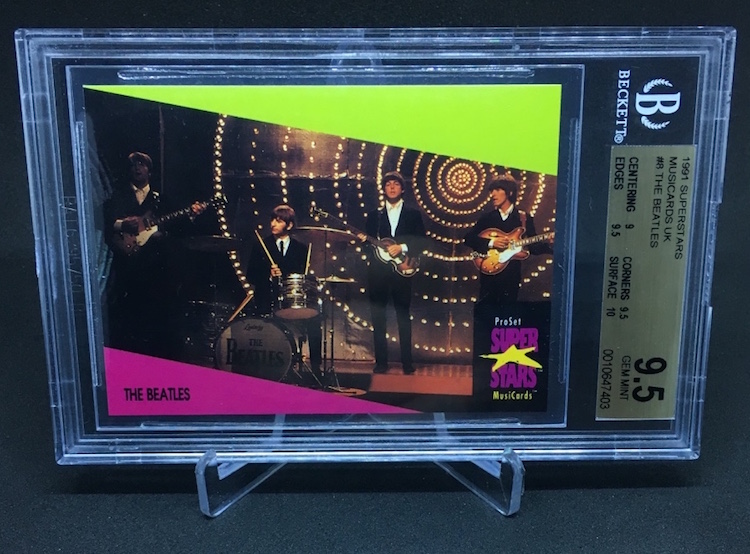
5. Know your budget ... and what makes more sense to just buy already slabbed
In the past I've wanted to take on the challenge of buying old junk wax in bulk to find a 10 -- 1990 Pro Set football, 1991 Pro Set Superstars Music Cards and 1992 Pro Line are some of my beloved enemies for example -- but you can rip a case and not find a perfect 10 of a key card in some of those instances. Or you might damage a card simply carefully putting it into a penny sleeve if you do. (I prefer UltraPro soft penny sleeves, myself, but even those can mangle 1990 Pro Set edges.) A BGS 10 doesn't exist for any card in 1990 Pro Set football card the last I checked, and I hemmed and hawed over all of my Emmitt Smith RCs pulled from the break above. After all that ripping, I decided to just buy one in a decent grade that somebody else got slabbed. Ironically, it cost me less than it would have to submit one. That's the key -- cost. If you can land a memorable favorite from the past already slabbed in a grade you prefer from a company you prefer, there's no shame in just ponying up. Some cards might be cheaper than you think, especially if from the last 30 years. If you have a potentially perfect card? Go for it -- but check the pop report first to see if it's ever been a reality. (The card above? I pulled it and graded it ... nobody else has ever bothered. So buying one was not an option.)
--
Here's hoping these tips are a little helpful ... just an idea I had been mulling over for a while. If you have any tips of your own, leave a comment or tweet at Buzz below.
Follow Buzz on Twitter @BlowoutBuzz or send email to BlowoutBuzz@blowoutcards.com.
Warning: ini_set() has been disabled for security reasons in /home/blowtest/public_html/app/code/community/Fishpig/Wordpress/Addon/PluginShortcodeWidget/Helper/Core.php(1) : eval()'d code on line 268
Warning: ini_set() has been disabled for security reasons in /home/blowtest/public_html/app/code/community/Fishpig/Wordpress/Addon/PluginShortcodeWidget/Helper/Core.php(1) : eval()'d code on line 268
2 thoughts on “Five tips for 'Making the Grade' more successfully ... I hope”
2 Item(s)


























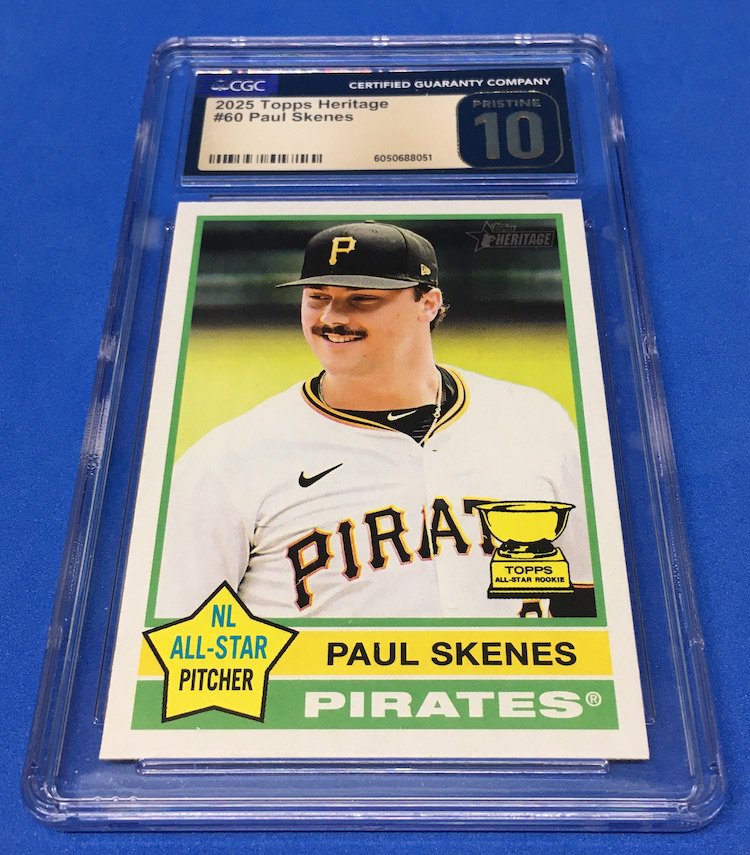

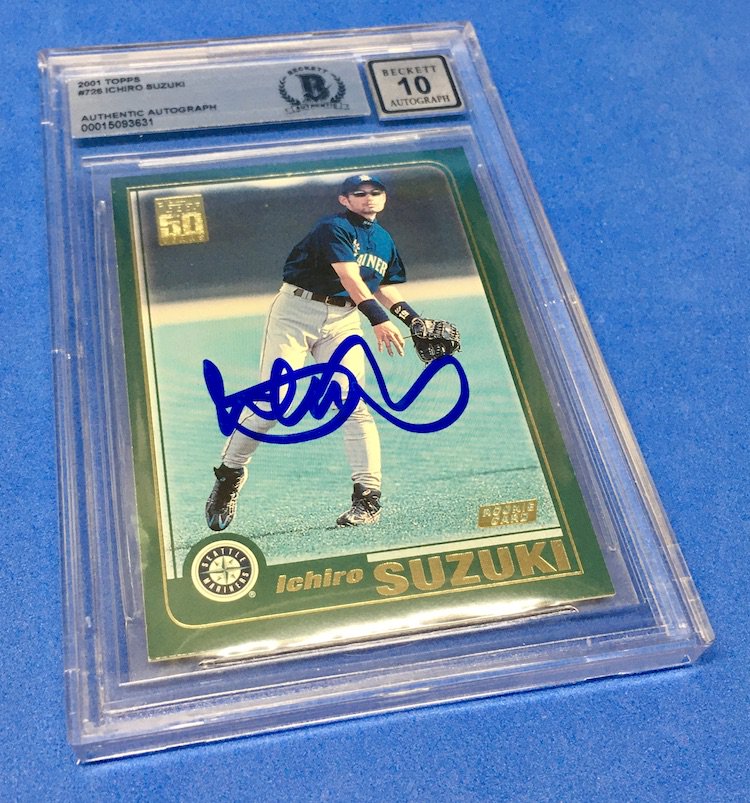

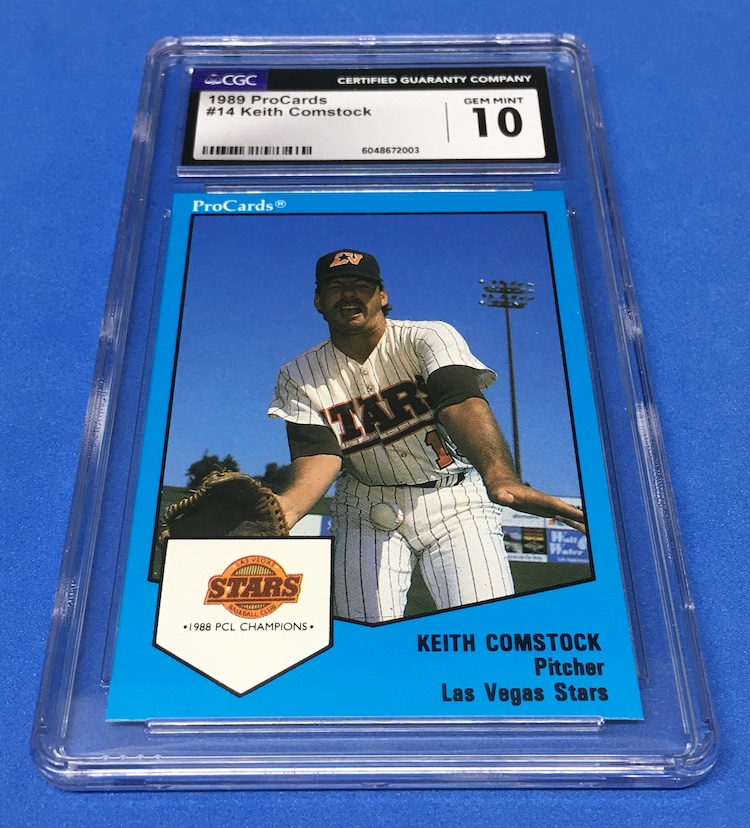
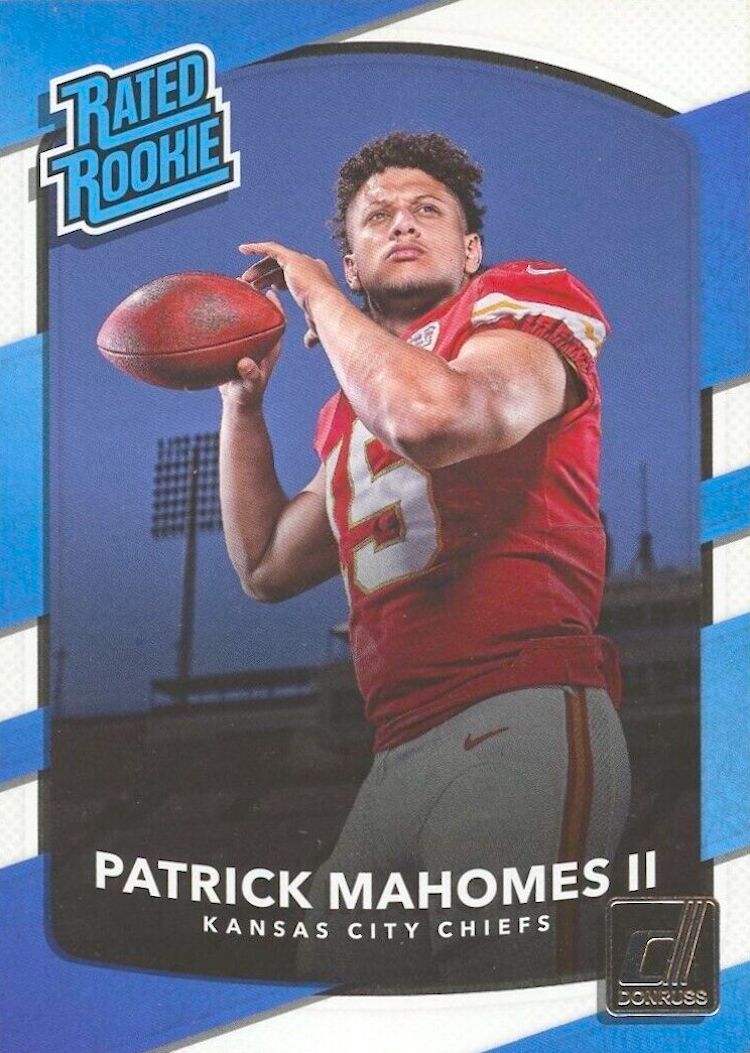
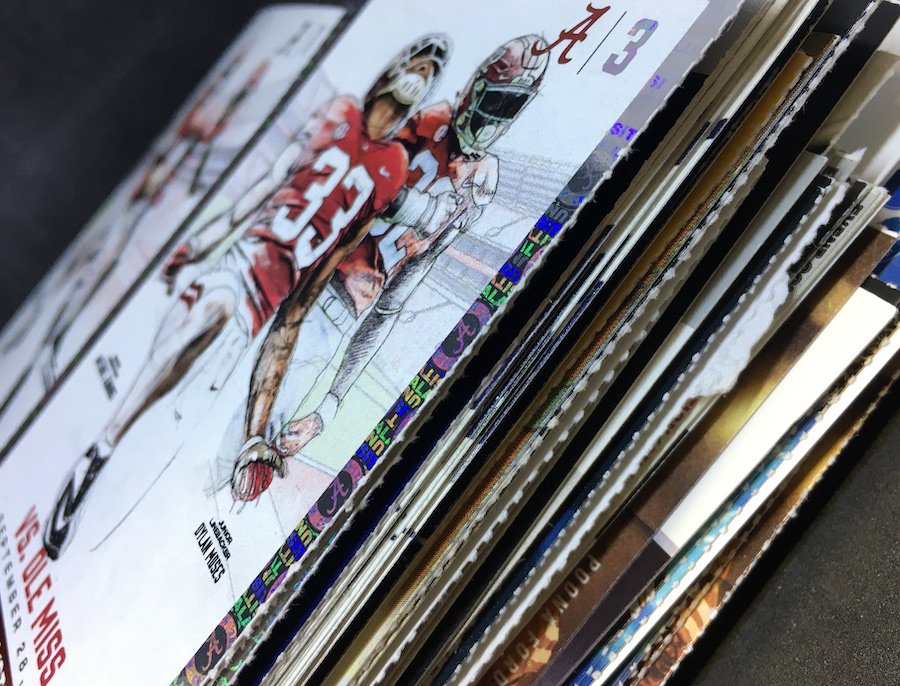



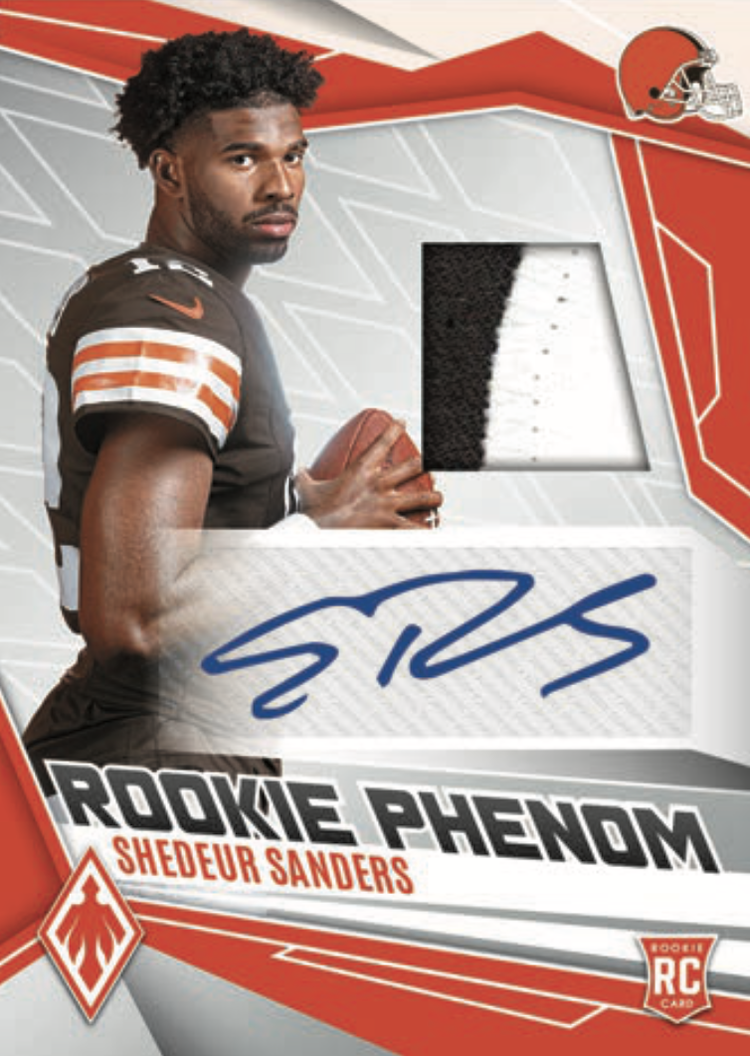
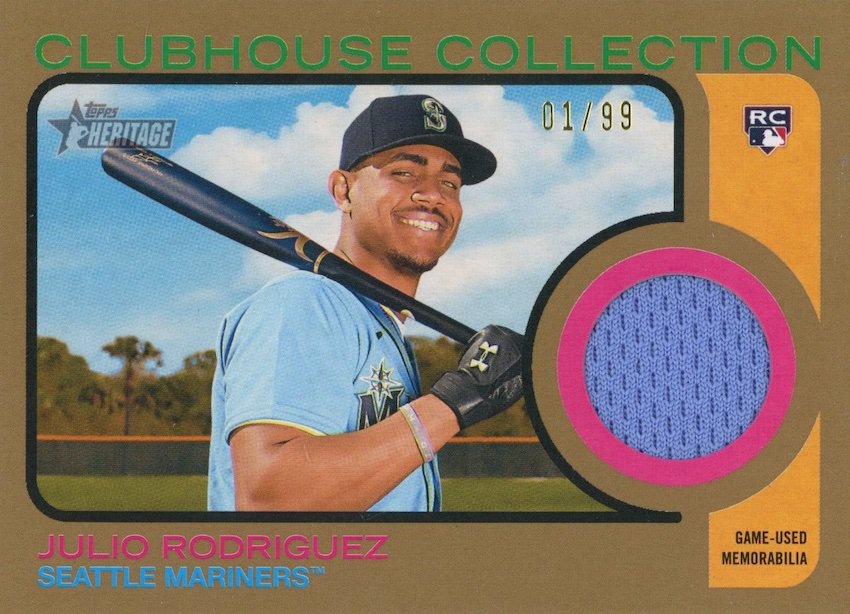

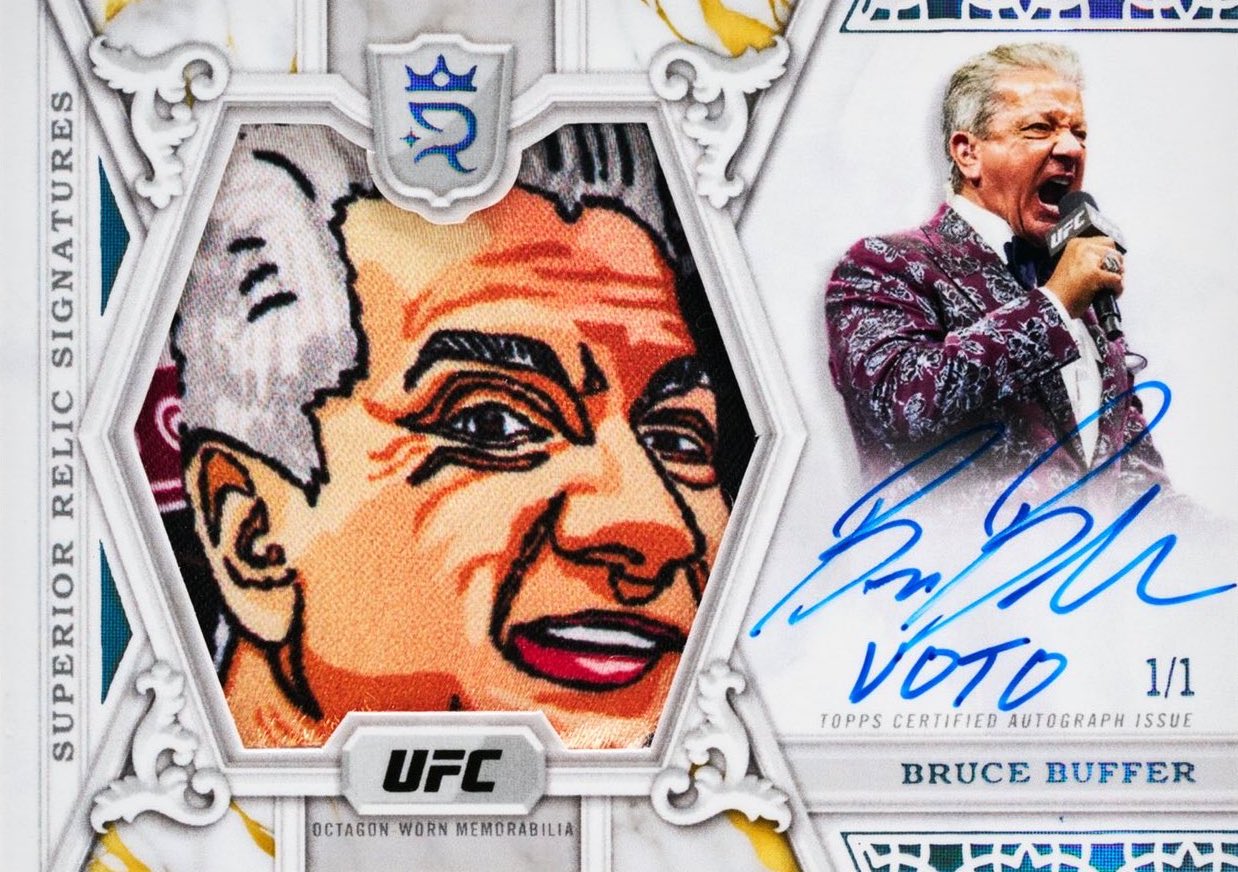


Thanks for articles like these! I'm a novice when it comes to grading, so I definitely appreciate the tips.
Novice myself, what does it cost to get a card graded? I live in Wisconsin, best place(s) anywhere that I could send my cards for grading?
From Buzz: Your safest bet is to submit on your own to companies unless you have an immensely trustworthy card shop that does submissions. (Unless you are sending in serial-numbered cards only.) Cost varies by company and how fast you want the cards back.